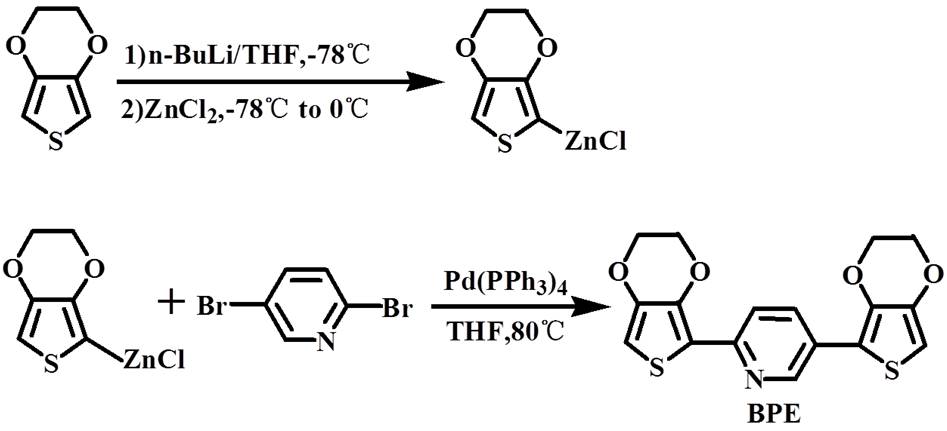2022-02-15 10:12:28
Industrial waste water usually contains heavy metal ion—such as Zn2+, Cd2+, Pb2+, Cu2+ and Hg2+, the accumulation of these heavy metal ions in the human body can cause many chronic diseases. For example, Cd2+ accumulation to a certain value in the human body will lead to renal failure. Both lead and mercury affect the brain and nervous system, and result in mental retardation and brain damage in children. So, developing a simple and sensitive analytical method to detect these heavy metal ions is necessary.
So far, versatile techniques have been used for detection of heavy metal ions, such as inductively coupled plasma mass spectrometry [6], inductively coupled plasma atomic emission spectrometry, atomic fluorescence spectrometry, atomic absorption spectrometry and electrochemical analysis technology et al. And electrochemical analysis, due to its high sensitivity, low operating cost, has been considered as an effective technique for detection heavy metal ions.
Ding et al. [1] prepared poly (2, 5-bis (3, 4-ethylenedioxythienyl) pyridine)/graphitic carbon nitride composites (poly (BPE)/g-C3N4) to modify electrode for determination of Cd2+ and Pb2+. And the synthesis of monomer BPE is shown in Fig.1. The combination of poly (BPE) and g-C3N4 is not only to improve the conduction pathway on the electrode surface, bust also produce a strong conjugating effect on them, thus enhancing the adsorption of metal ions. The metal ions can coordinate with N, S atoms of the composite. Differential pulse voltammetry method was applied to test the detection effect of electrochemical sensors based on the composite. The results indicated that 10 wt% poly (BPE)/g-C3N4 composite-modified electrode exhibited linear detection ranging from 0.12 to 7.2 mM and 0.08 to 7.2 mM for Cd2+ and Pb2+, with detection limits of 0.018 mM and 0.00324 mM. Interference analysis suggested that the 10 wt% poly (BPE)/g-C3N4-modified electrode can be applied for the detection of the Cd2+ and Pb2+ in real samples.

Fig.1. Synthesis route of monomer BPE
Using this above approach for the determination of Cd2+ and Pb2+ offers several advantages including low cost, high selectivity, good sensitivity, and reusability. This approach might be an alternative tool for heavy metal detection in environmental monitoring.
References:
[1] S. Ding, A. Ali et al. Materials, DOI: 10.3390/ma11050702
Edited by Suzhou Yacoo Science Co., Ltd
Copyright © Suzhou Yacoo Science Co., Ltd. All Rights Reserved
Friendly Links :
online service